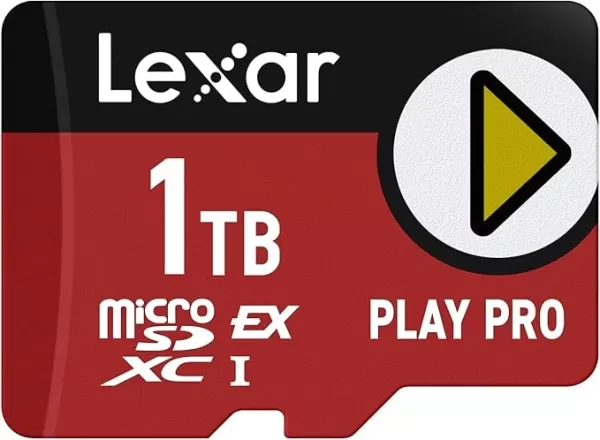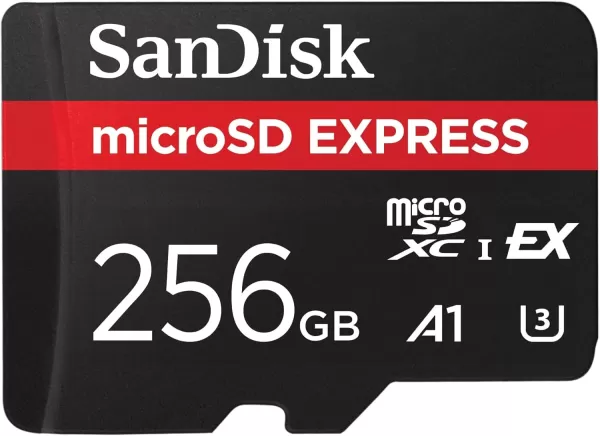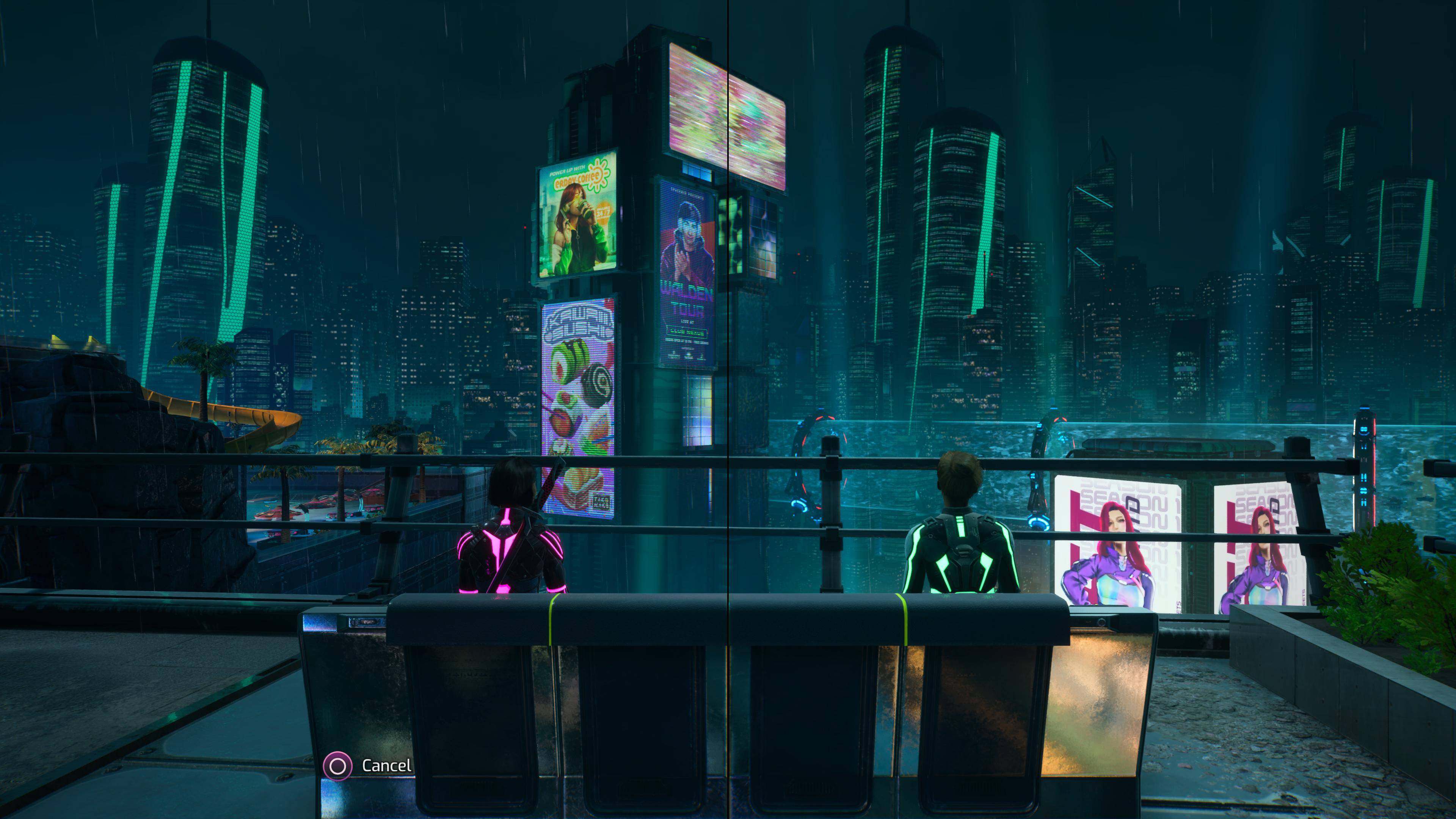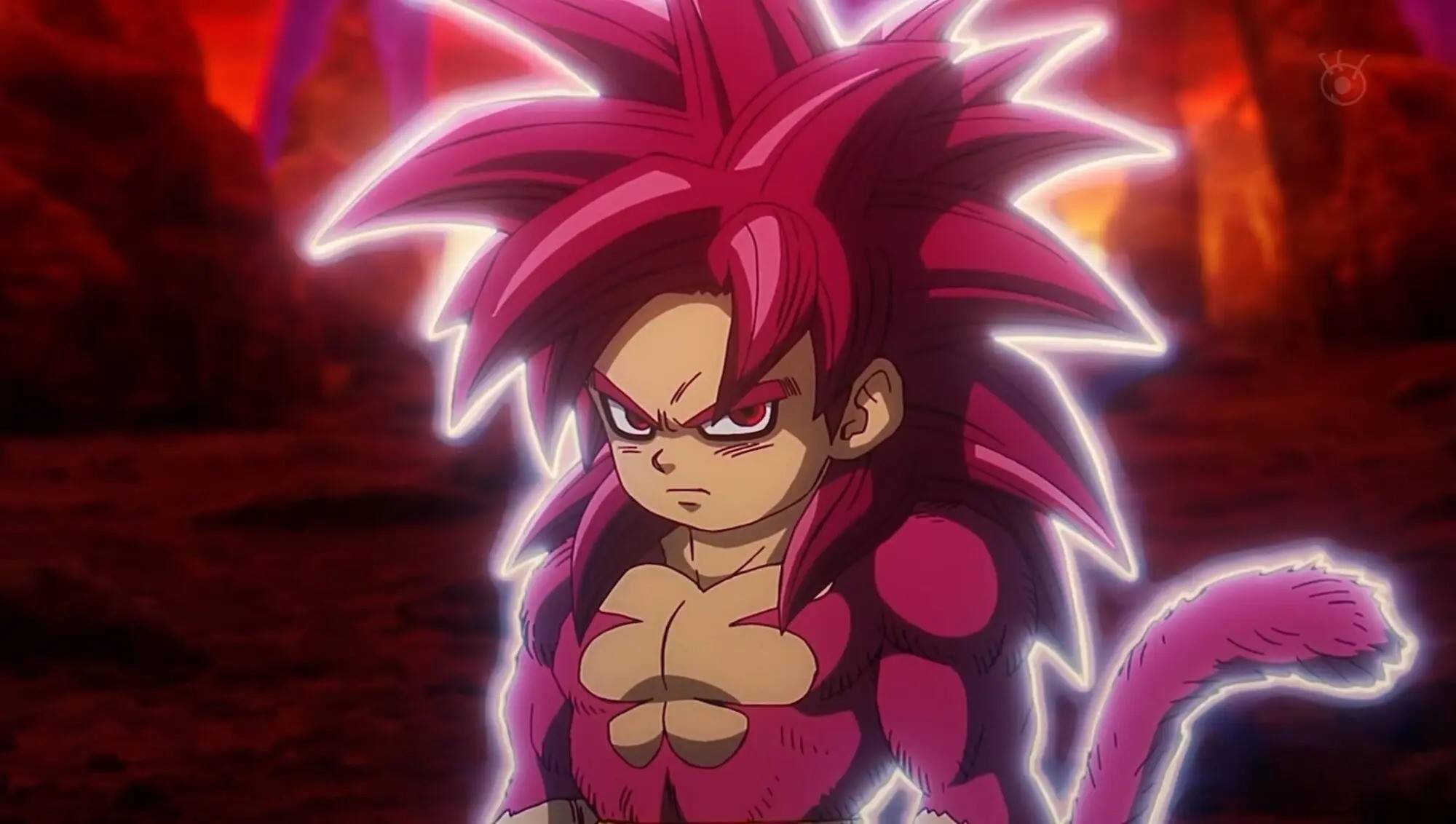MicroSD Express: Essential for Nintendo Switch 2
Last week, Nintendo unveiled the highly anticipated Nintendo Switch 2, revealing that the console exclusively supports expansion through MicroSD Express cards. While this might be frustrating for gamers with collections of existing MicroSD cards, it's a strategic move aimed at enhancing performance. MicroSD Express cards boast significantly faster speeds, aligning closely with the Universal Flash Storage (UFS) technology used in the Switch 2's internal storage. This compatibility ensures that games stored on expansion cards load just as quickly as those stored internally, albeit at the expense of compatibility with older, slower MicroSD cards.
MicroSD vs. MicroSD Express
Over the years, MicroSD cards have evolved through six different speed ratings. Starting from the initial SD card speed of 12.5MB/s, which seems slow by today's standards, advancements have led to the introduction of SD High Speed at 25MB/s, up to SD UHS III at 312MB/s. Five years ago, the SD Association introduced the SD Express standard, marking a significant leap in performance.
The key difference lies in the interface used by SD Express cards, which utilize a PCIe 3.1 interface rather than the slower UHS-I interface found in traditional SD cards. This PCIe interface, also used by high-performance NVMe SSDs, allows full-sized SD Express cards to achieve data transfer speeds up to 3,940MB/s. Although MicroSD Express cards don't reach these peak speeds, they still offer impressive performance, reaching up to 985MB/s—three times faster than the fastest non-Express MicroSD cards.
Why Does the Switch 2 Require MicroSD Express?
While Nintendo hasn't explicitly stated their reasons, the requirement for MicroSD Express cards in the Switch 2 likely centers around speed. A game installed on a MicroSD Express card will load much faster than one on a traditional UHS-I MicroSD card, thanks to the PCIe 3.1 interface. This shift could also signal a trend for handheld gaming PCs to adopt similar technologies.
The internal storage of the Nintendo Switch 2 has been upgraded to UFS from eMMC, making it logical for Nintendo to mandate expansion storage with comparable speeds. Early demonstrations suggest significant improvements in load times, ranging from a 35% reduction when fast traveling, as reported by Polygon, to a three times faster initial load as measured by Digital Foundry. These enhancements could be attributed to the faster internal storage or the more efficient CPU and GPU, which can process data more quickly. The requirement for MicroSD Express ensures that external storage does not bottleneck the performance of future games.
Moreover, this move future-proofs the console for even faster storage solutions. The current fastest standard for SD cards, SD 8.0 Specification, supports speeds up to 3,942MB/s for full-size SD Express cards. While MicroSD Express cards aren't yet at these speeds, they have the potential to reach them in the coming years, especially if the Switch 2's hardware can handle such advancements.
MicroSD Express Capacity Options
Although MicroSD Express cards have been slow to gain traction, their adoption is expected to increase with the Nintendo Switch 2's launch. Currently, options are limited. Lexar offers a single MicroSD Express card in capacities of 256GB, 512GB, and 1TB, with the 1TB model priced at $199.

Lexar Play Pro MicroSD Express
0See it at Amazon
SanDisk also provides a single MicroSD Express card, but it tops out at 256GB, which matches the internal storage of the Switch 2. As the Switch 2 hits the market, we might not see many MicroSD Express cards exceeding 512GB in capacity. However, this landscape is likely to change as companies like Samsung begin to produce more MicroSD Express cards.

SanDisk MicroSD Express 256GB
0See it at Amazon
-
 Mar 17,25All Split Fiction Achievements & How to Unlock Them Dive into the captivating co-op adventure Split Fiction from Hazelight Studios! This guide outlines every achievement, ensuring you and your partner conquer every challenge. While some trophies are earned naturally through the story, many require thorough exploration and unique actions. Use this g
Mar 17,25All Split Fiction Achievements & How to Unlock Them Dive into the captivating co-op adventure Split Fiction from Hazelight Studios! This guide outlines every achievement, ensuring you and your partner conquer every challenge. While some trophies are earned naturally through the story, many require thorough exploration and unique actions. Use this g -
 Mar 19,25How Does Dragon Ball Daima’s Finale Explain Goku Never Using Super Saiyan 4 in Super? The climactic battle in Dragon Ball Daima's finale pits Gomah against Goku, showcasing Goku's newly acquired form. This episode naturally led many fans to anticipate an explanation for Super Saiyan 4's absence in Super. So, how does the finale address this?In episode 19, after Glorio's wish restore
Mar 19,25How Does Dragon Ball Daima’s Finale Explain Goku Never Using Super Saiyan 4 in Super? The climactic battle in Dragon Ball Daima's finale pits Gomah against Goku, showcasing Goku's newly acquired form. This episode naturally led many fans to anticipate an explanation for Super Saiyan 4's absence in Super. So, how does the finale address this?In episode 19, after Glorio's wish restore -
 Jan 16,25Girls' Frontline 2: Exilium Tier List Released Another free-to-play gacha game, another character ranking to guide your investment choices. This Girls’ Frontline 2: Exilium character tier list helps you prioritize which characters are worth your resources. Girls’ Frontline 2: Exilium Character Tier List Here's a breakdown of currently available
Jan 16,25Girls' Frontline 2: Exilium Tier List Released Another free-to-play gacha game, another character ranking to guide your investment choices. This Girls’ Frontline 2: Exilium character tier list helps you prioritize which characters are worth your resources. Girls’ Frontline 2: Exilium Character Tier List Here's a breakdown of currently available -
 Mar 18,25Avowed Best PC Settings for Max FPS *Avowed*, a visual masterpiece, immerses you in a richly detailed world. To fully appreciate its stunning graphics without sacrificing performance, optimizing your PC settings is key. This guide helps you strike the perfect balance between breathtaking visuals and smooth gameplay.Recommended Videos
Mar 18,25Avowed Best PC Settings for Max FPS *Avowed*, a visual masterpiece, immerses you in a richly detailed world. To fully appreciate its stunning graphics without sacrificing performance, optimizing your PC settings is key. This guide helps you strike the perfect balance between breathtaking visuals and smooth gameplay.Recommended Videos
